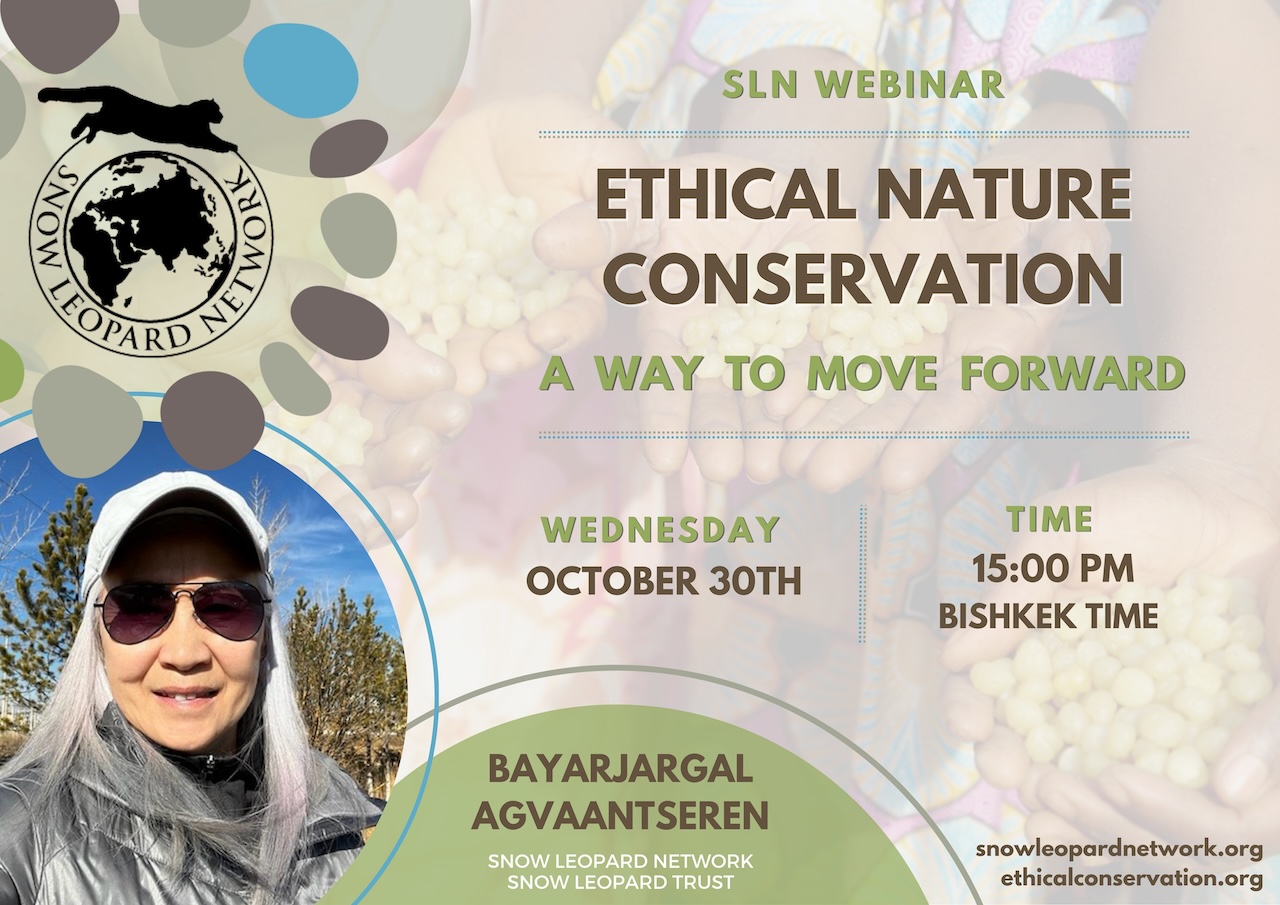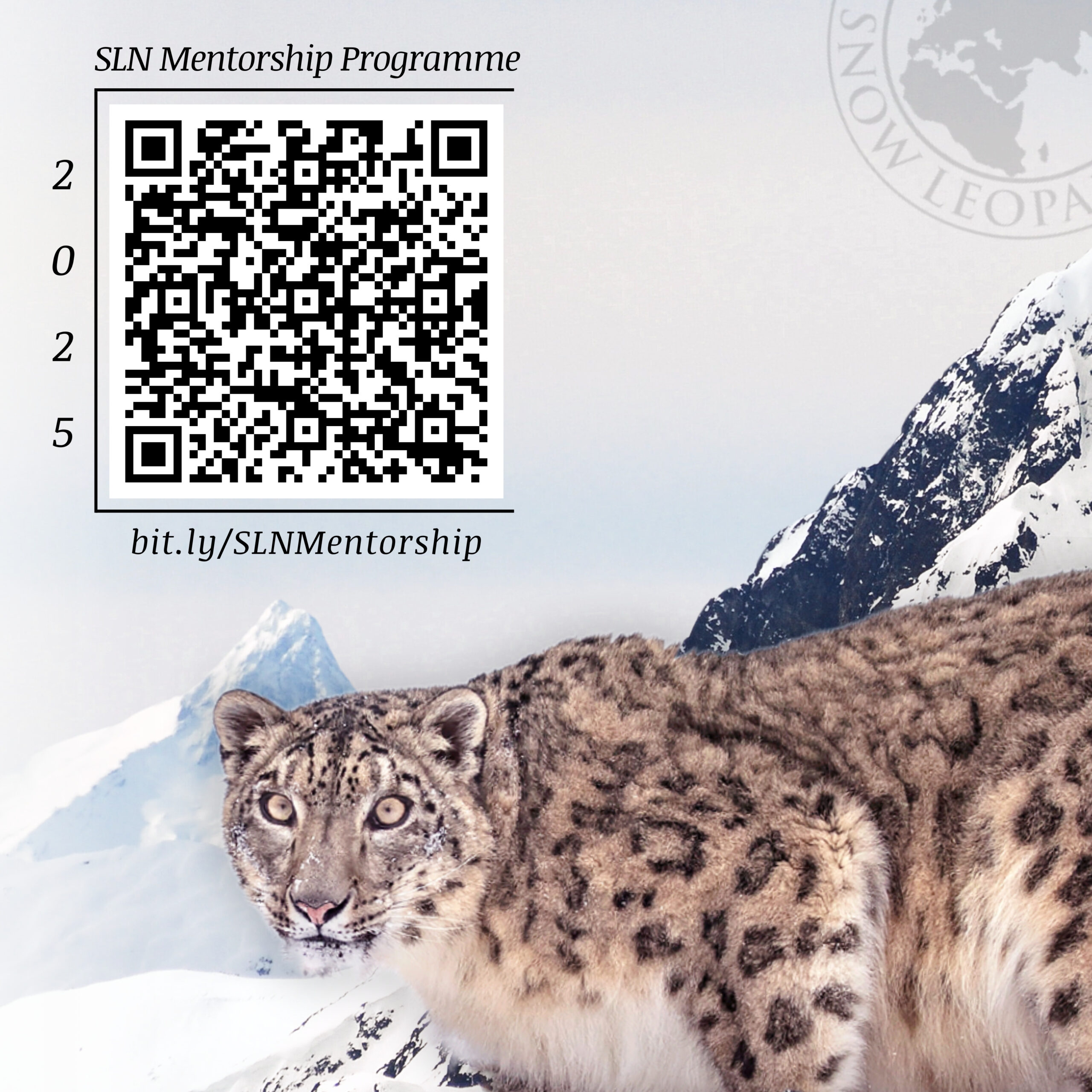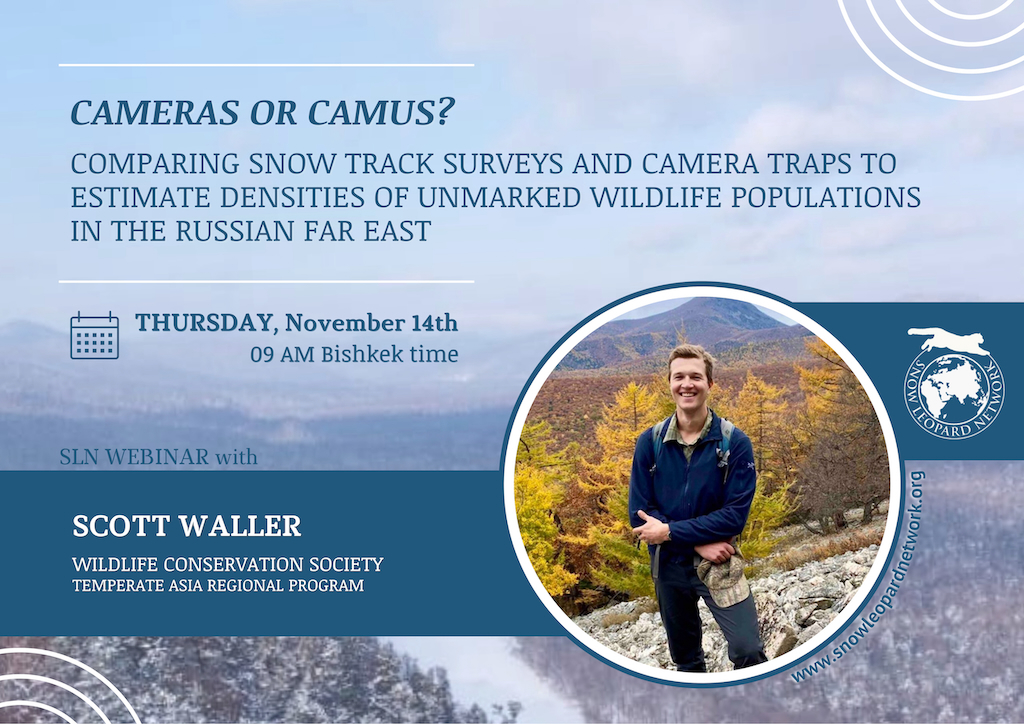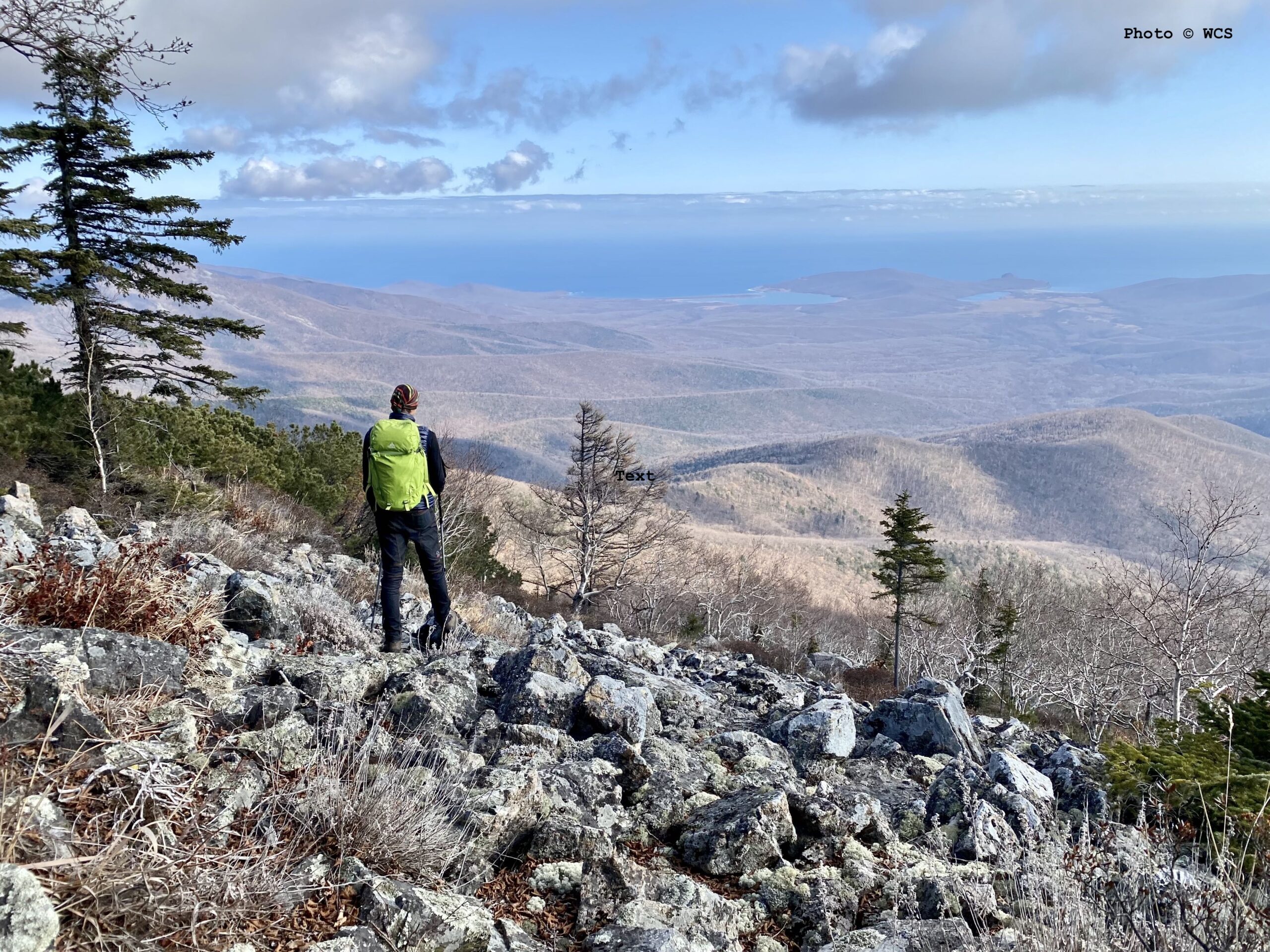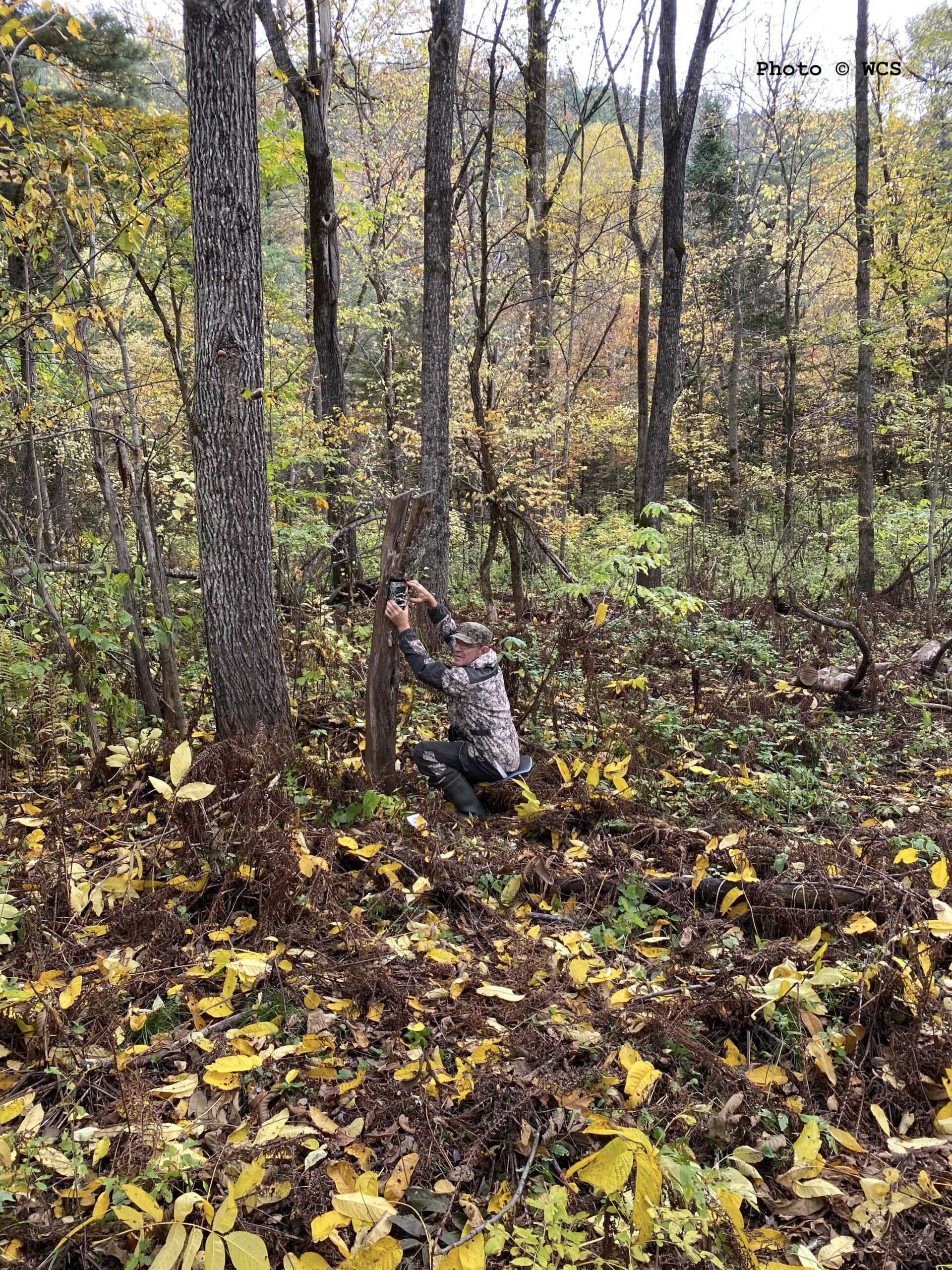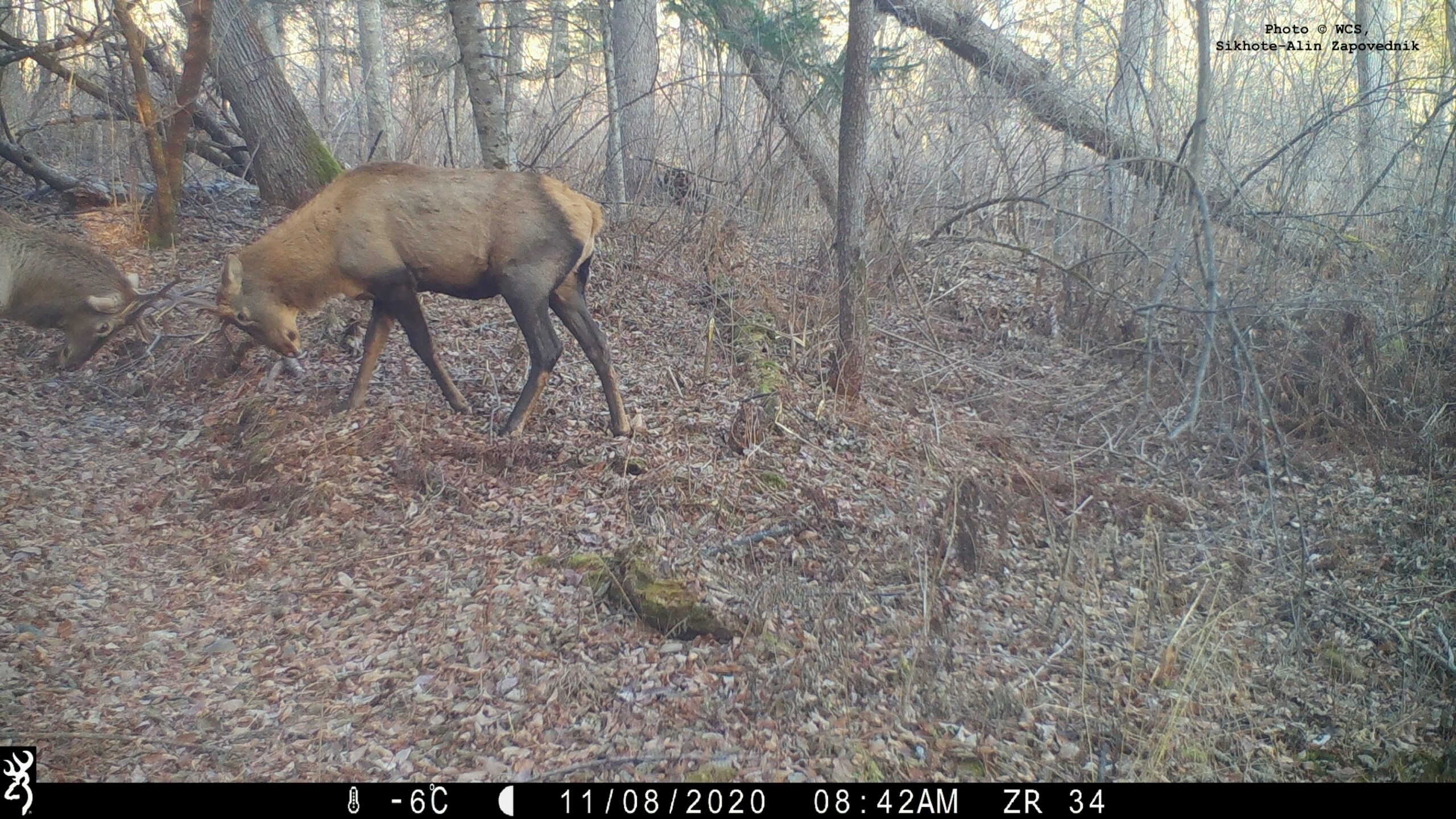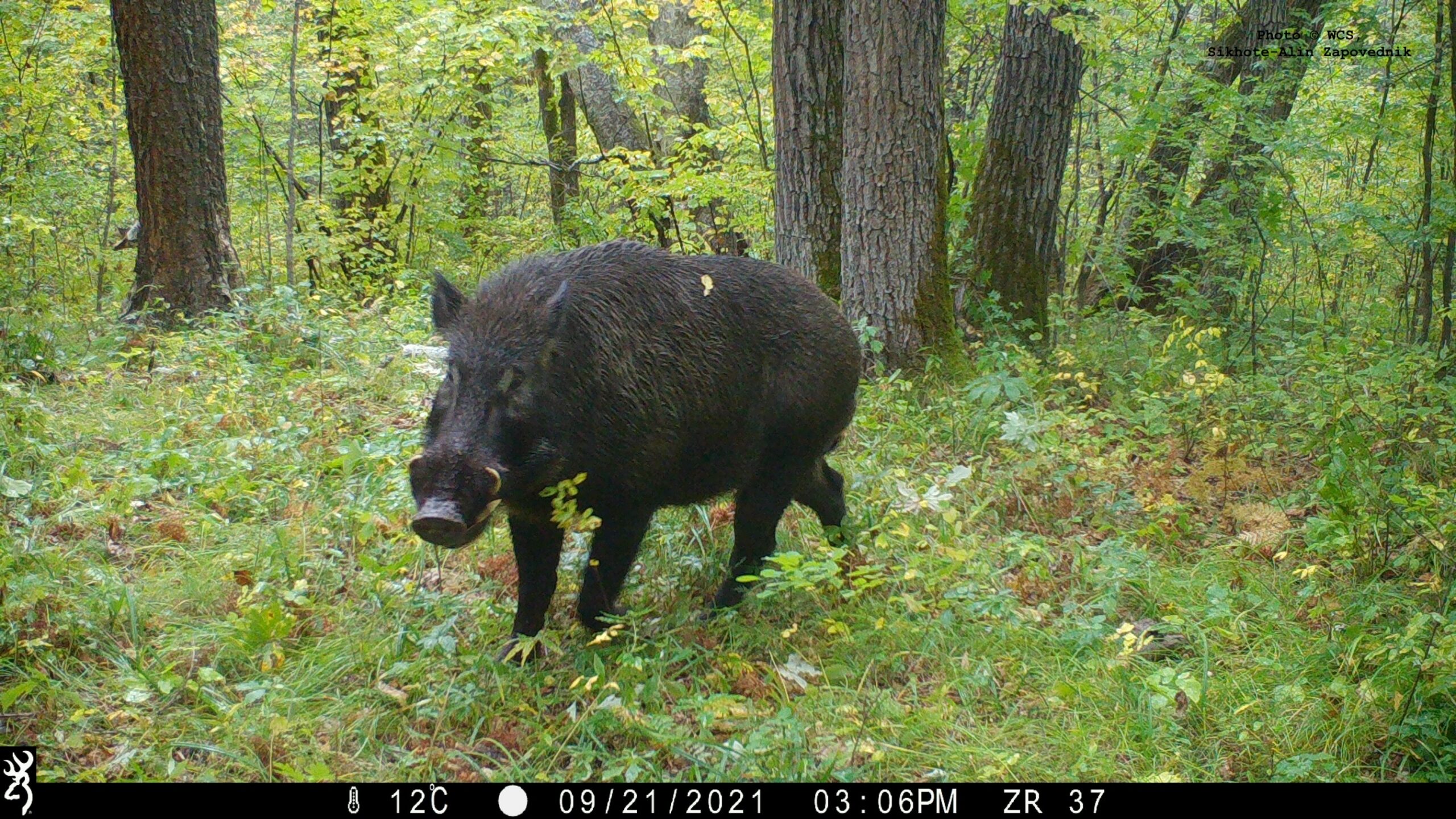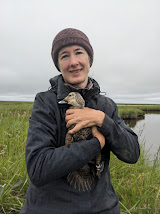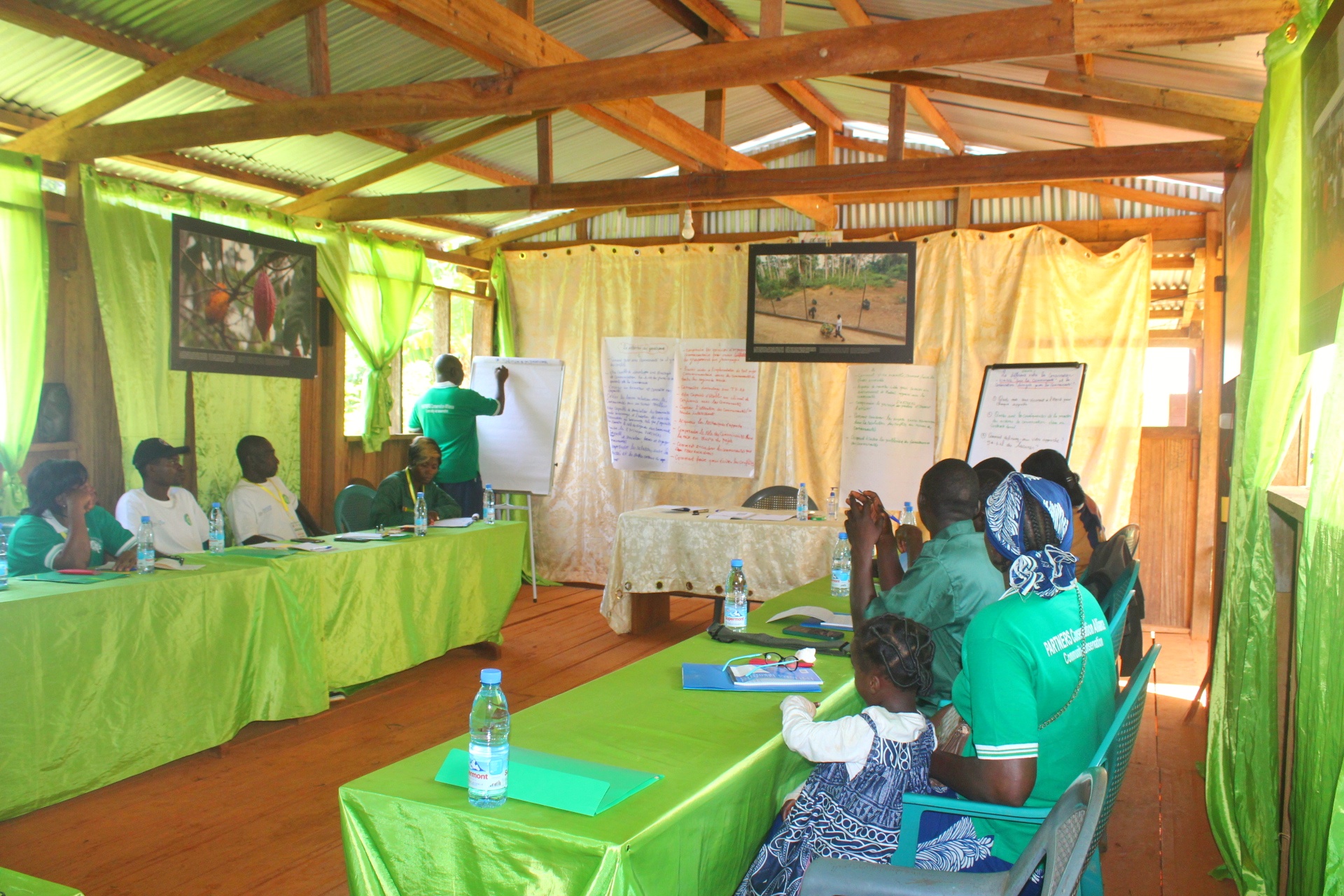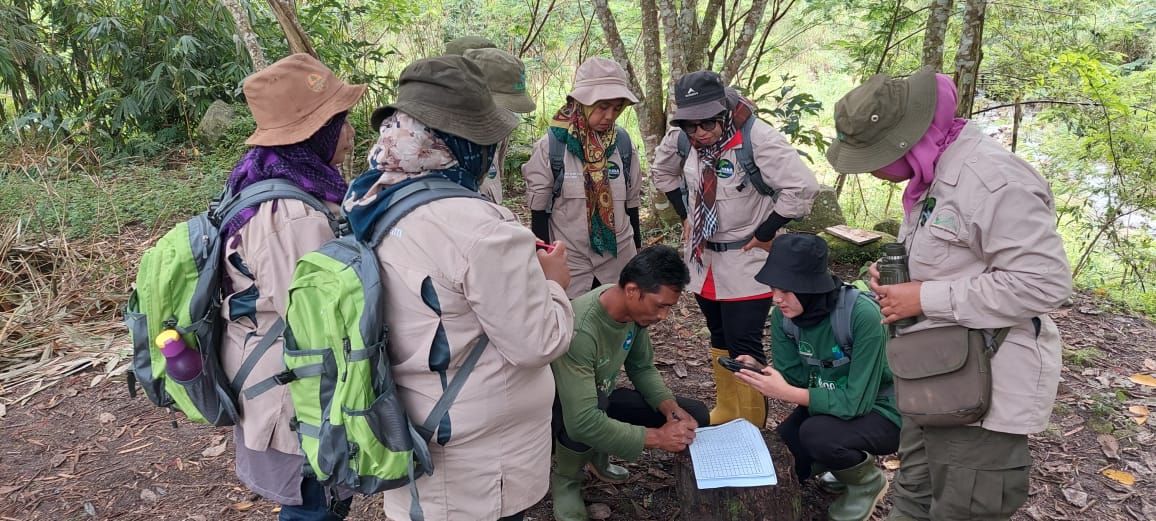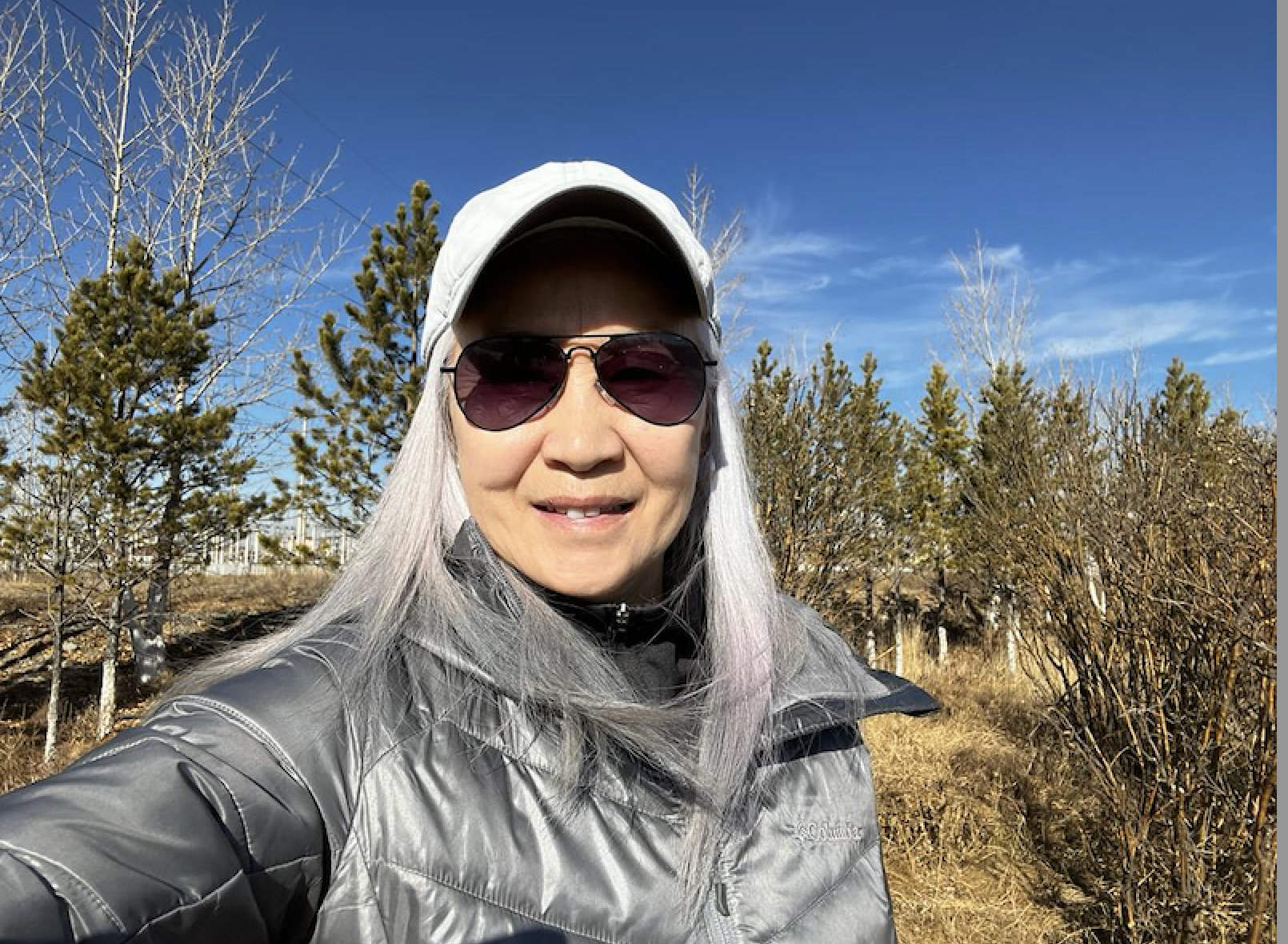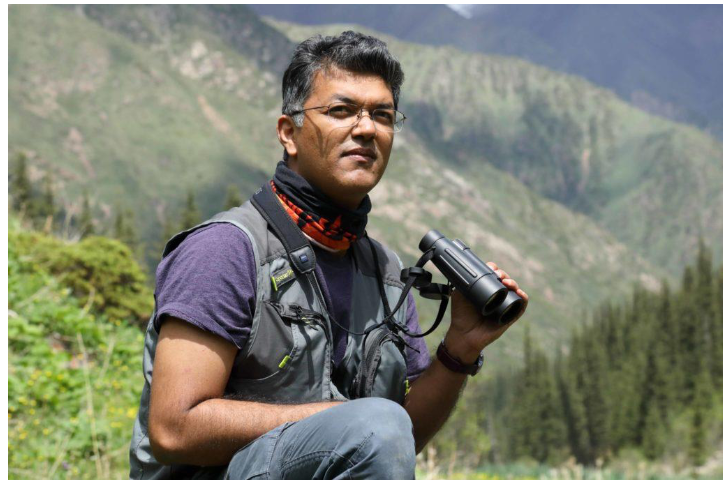
Please find details below of a new article added to our Bibliography:
Title: Snow leopard phylogeography and population structure supports two global populations with single refugial origin
Author: Cancellare, I. A., Weckworth, B., Caragiulo, A., Pilgrim, K. L., McCarthy, T. M., Abdullaev, A., Amato, G., Bian, X., Bykova, E., Dias-Freedman, I., Gritsina, M., Hennelly, L. M., Janjua, S., Johansson, O., Kachel, S., Karnaukhov, A., Korablev, M., Kubanychbekov, Z., Kulenbekov, R., Liang, X., Lkhagvajav, P., Meyer, T. K., Munkhtsog, B., Munkhtsog, B., Nawaz, M. A., Ostrowski, S., Paltsyn, M., Poyarkov, A., Rabinowitz, S., Rooney, T., Rosen, T., Rozhnov, V. V., Sacks, B. N., Schwartz, M. K., McCarthy, K. P.
Abstract: Snow leopards (Panthera uncia) inhabit the mountainous regions of High Asia, which experienced serial glacial contraction and expansion during climatic cycles of the Pleistocene. The corresponding impacts of glacial vicariance may have alternately promoted or constrained genetic differentiation to shape the distribution of genetic lineages and population structure. We studied snow leopard phylogeography across High Asia by examining range-wide historical and contemporary genetic structure with mitochondrial DNA and microsatellite markers. We genotyped 182 individuals from across snow leopard range and sequenced portions of the mitogenome in a spatially stratified subset of 80 individuals to infer historical biogeographic and contemporary patterns of genetic diversity. We observed a lack of phylogeographic structure, and analyses suggested a single refugial origin for all sampled populations. Molecular data provided tentative evidence of a hypothesized glacial refugia in
the Tian Shan-Pamir-Hindu Kush-Karakoram mountain ranges, and detected mixed signatures of population expansion. Concordant assessments of microsatellite data indicated two global genetic populations, though we detected geographic differences between historical and contemporary population structure and connectivity inferred from mitochondrial and microsatellite data, respectively. Using the largest sample size and geographic coverage to date, we demonstrate novel information on the phylogeographic history of snow leopards, and corroborate existing interpretations of snow leopard connectivity and genetic structure. We recommend that conservation efforts incorporate genetic data to define and protect meaningful conservation units and their underlying genetic diversity, and to maintain the snow leopard’s adaptive potential and continued resilience to environmental changes.
URL: https://snowleopardnetwork.org/b/show.php?record=1760

